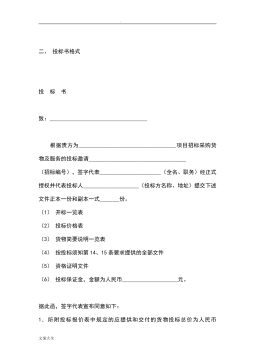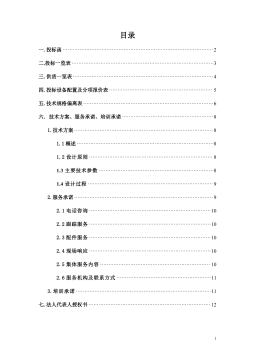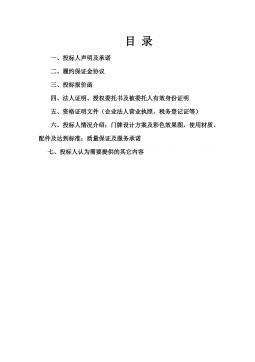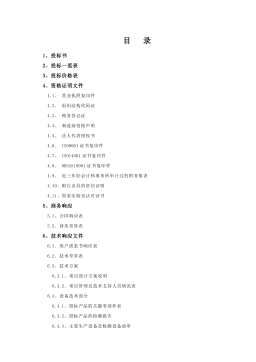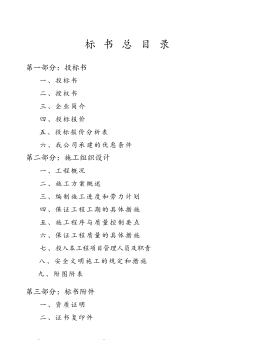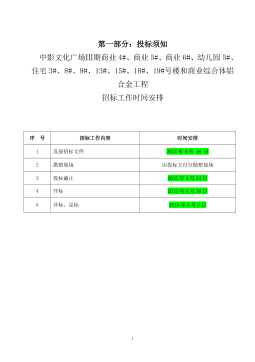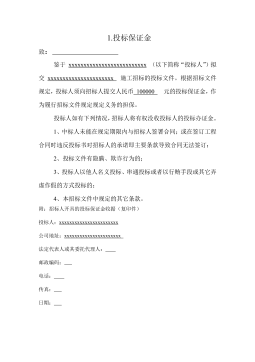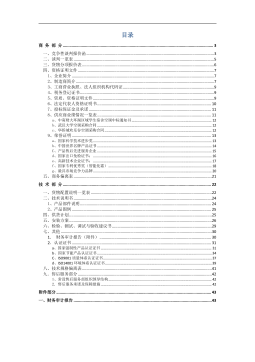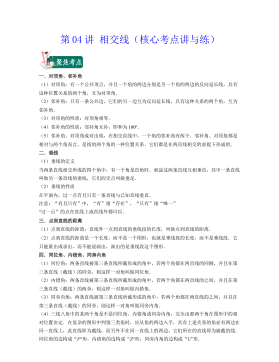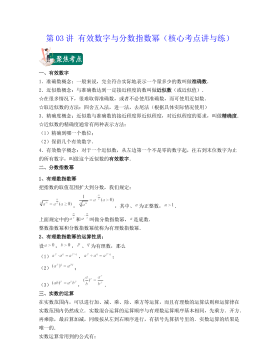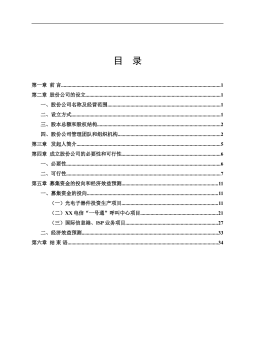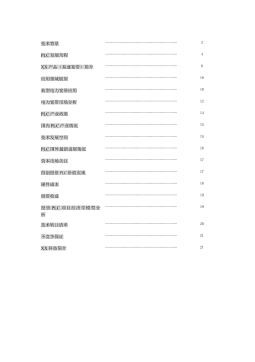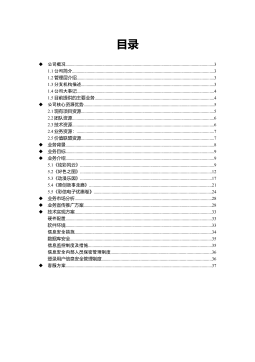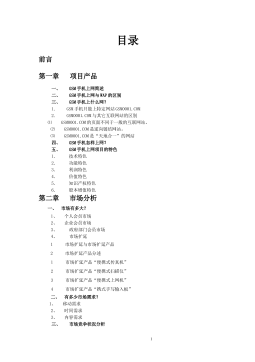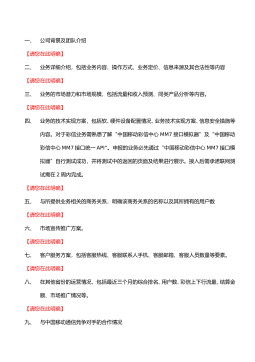供应链整合对新产品绩效的影响研究
VIP免费
浙江财经学院硕士学位论文
I
摘 要
近年来,供应链整合成为当今热门话题,供应商、核心企业和顾客以相互信
赖为基础的合作创新模式成为企业的一种新的创新模式。供应链整合下进行新产
品开发可以满足新产品创新性、生产的多元性,快速开发新产品,提高市场适应
性的需要。可以预见供应链整合下进行新产品开发将成为未来企业开发新产品的
一种趋势。新产品开发过程中是否进行供应链整合,如何整合,以及整合供应链
的什么维度,将成为研究人员的挑战。
首先,本文在对国内外相关理论领域的研究成果系统梳理的基础上,进行了
以下研究:(1)明确供应链整合的定义和维度,并建立供应链整合的测量模型;
(2)构建供应链整合和新产品绩效关系的研究框架,以结构理论为基础搭建供
应链整合与新产品绩效的关系模型。其次,本文利用国际制造业战略调查(IMSS)
数据库中 711 个样本,进行了如下实证研究:(1)检验供应链整合维度;(2)检
验供应链整合测量模型;(3)将供应链整合的范围、层次和强度与新产品绩效分
别作相关分析,研究其相关性;(4)利用结构方程模型检验并修正供应链整合与
新产品绩效的关系模型。最后,本文全面系统的综述了相关的研究结论和理论贡
献,并在实证研究的基础上,利用本文研究的结论结合新产品开发面临的问题,
提出了相应的改进建议,并对将来的研究提供了相关建议与展望。
本文的主要结论包括:
(1)在相关研究综述的基础上,系统的定义了供应链整合的含义;(2)对
已有研究总结的基础上,对供应链整合维度进行划分,供应链整合维度包括范围、
层次和强度;(3) 实证分析结果证明了供应链整合的范围对新产品绩效有正影
响,但供应链整合层次和强度对新产品绩效的影响不一;(4)从供应链整合全维
度的角度,建立供应链整合与新产品绩效的关系模型。
本文研究的创新点主要体现在从供应链整合全维度考察供应链整合对新产
品绩效的影响,建立了供应链整合范围和层次与新产品绩效的关系模型。
本研究通过相关理论和实证研究,为供应链整合理论在新产品开发领域的进
一步研究奠定;使企业认识到供应链整合在新产品开发中的重要作用;企业可以
根据新产品的特性,调整自身供应链整合的模式。
关键词:供应链管理;供应链整合;新产品绩效
浙江财经学院硕士学位论文
II
Abstract
朗读
显示对应的拉丁字符的拼音
With the development of globalization and the improvement of competition
model, it was increasingly difficult for a single firm in developing new products. New
product development time decreasing, products adapt to market is difficult, the quality
of the product is continuously improving, In addition, the requirements of controlling
cost in the new product development process and so on ,that makes it difficult for
enterprises to develop new products alone. At present, new product development is
usually a separate business development, but new product development decision to
the traditional ways that are not suited for today's market environment. Traditional
way of new product development, that suppliers and customers cannot get involved in
new product development to improve the performance of new products, improve
business performance indirectly.
In recent years, supply chain integration has become a hot topic. Suppliers, the
core business and customers based on mutual trust, cooperation and innovation
patterns become a new model of innovation. Under supply chain integration to
develop new product can meet the new product innovation, productivity, diversity and
rapid development of new products, improve the adaptability of the needs of the
market, under supply chain integration to develop new product can be expected will
be the next a trend. In the new product development process whether enterprise
integrates supply chain, how to integrate, and what dimensions of supply chain need
to integrate, will become the challenge of the researchers.
Firstly, we use of Literature research methods to comb the theory of fields at
home and abroad, 1. Cleared definition of supply chain integration and dimension,
and established of the measurement model of supply chain integration; 2. Constructed
the research framework between supply chain integration and new product
performance, and built the relationship model supply chain integration and new
product performance in the basis of structural theory. Secondly, empirical research as
the main method and use of the International Manufacturing Strategy Survey (IMSS)
database, 711 samples 1.To investigate the dimensions of supply chain integration;
2.To test measurement model of supply chain integration; 3.To analyze the correlation
between the scope, the layer, the degree of supply chain integration and the new
product performance by correlation analysis; 4.To test and fix supply chain integration
浙江财经学院硕士学位论文
III
and new product performance relationship model by structural equation model.
Finally, 1.This article summarizes and explains the systematic research findings and
theoretical contributions; 2.Based on the conclusions in the study, combined with
research and development of new products status, put forward practical suggestions
for improvement; 3.Raised the prospect of future research.
The main conclusions are:
(1) Based on the literature review, provided a precise definition of supply chain
integration (SCI);
(2) Based on previous studies, divided the dimensions of supply chain
integration;
(3) The empirical results proved that the supply chain integration(SCI) on new
product performance (NPP) has a positive impact, but the layers, scopes and degrees
of supply chain integration, impact on new product performance varies;
(4) From the full dimensions of supply chain integration, established the
relationship model of supply chain integration and new product performance.
The innovation of this paper is mainly reflected in all dimensions of supply chain
integration from the study of supply chain integration on the impact of new product
performance, the establishment of the scope and layer of supply chain integration and
new product performance relationship model.
This study by the theory and empirical research, will be the basis of the further
research in the field of the supply chain integration theory in new product
development. Enable enterprises to realize that supply chain integration in new
product development to the important role. Companies can adjust the supply chain
integration model for different products.
Keyword:Supply Chain Management; Supply chain integration;
New product performance
浙江财经学院硕士学位论文
IV
目 录
第1章 绪论 ........................................................................................................... 1
1.1 研究问题的提出 ........................................................................................ 1
1.1.1 研究背景.......................................................................................... 1
1.1.2 研究现状.......................................................................................... 3
1.1.3 研究问题的提出............................................................................... 4
1.2 研究的目的与价值..................................................................................... 5
1.2.1 研究的目的与意义 ........................................................................... 5
1.2.2 创新之处.......................................................................................... 6
1.2.3 本研究应用前景和学术价值 ............................................................ 6
1.3 研究内容、研究框架................................................................................. 7
第2章 文献综述.................................................................................................... 9
2.1 新产品定义和新产品绩效的综述 .............................................................. 9
2.1.1 新产品定义 ...................................................................................... 9
2.1.2 新产品绩效 ...................................................................................... 9
2.2 供应链整合的定义................................................................................... 10
2.3 供应链整合的维度................................................................................... 11
2.3.1 供应链整合的范围 .........................................................................12
2.3.2 供应链整合的层次 .........................................................................13
2.3.3 供应链整合程度.............................................................................13
2.4 供应链整合与企业绩效研究综述 ............................................................14
2.5 供应链整合与新产品绩效的研究述评 .....................................................15
2.5.1 供应商整合与新产品绩效的研究述评 ...........................................16
2.5.2 内部整合与新产品绩效的研究综述 ...............................................17
2.5.3 顾客整合与新产品绩效的研究综述 ...............................................18
2.6 本章小结 .................................................................................................19
第3章 模型构建与研究假设 ...............................................................................20
3.1 供应链整合范围与新产品绩效的关系 .....................................................20
3.1.1 供应商整合与新产品绩效的关系................................................... 20
3.1.2 内部整合与新产品绩效的关系.......................................................20
3.1.3 顾客整合与新产品绩效的关系.......................................................21
3.1.4 供应链整合全范围与新产品绩效的关系........................................22
3.2 供应链整合层次与新产品绩效的关系 .....................................................23
3.2.1 供应商整合层次与新产品绩效的关系 ...........................................23
3.2.2 内部整合层次与新产品绩效的关系 ...............................................24
3.2.3 顾客整合层次与新产品绩效的关系 ...............................................24
3.3 供应链整合强度与新产品绩效的关系 .....................................................25
3.4 供应链整合范围、层次与新产品绩效的关系模型 ..................................25
第4章 测量及信度效度分析 ...............................................................................27
4.1 研究样本的基本情况与描述性统计.........................................................27
4.2 量表的信度与效度分析 ...........................................................................28
4.2.1 量表的信度分析.............................................................................28
4.2.2 因子的信度与CITC的计算过程......................................................29
浙江财经学院硕士学位论文
V
4.2.3 量表的效度分析.............................................................................31
第5章 实证分析与模型检验 ...............................................................................35
5.1 供应链整合测量模型...............................................................................35
5.2 供应链整合范围、层次与新产品绩效的相关分析 ...................................39
5.2.1 供应商整合与新产品绩效相关分析 ...............................................40
5.2.2 供应商整合与新产品绩效的关系模型 ...........................................41
5.2.3 内部整合与新产品绩效相关分析................................................... 43
5.2.4 内部整合与新产品绩效的关系模型 ...............................................43
5.2.5 顾客整合与新产品绩效相关分析................................................... 45
5.2.6 顾客整合与新产品绩效的关系模型 ...............................................46
5.3 供应链整合强度与新产品绩效的相关分析..............................................48
5.3.1 供应链整合强度和范围与新产品绩效的相关分析......................... 48
5.3.2 供应链整合强度、范围和层次与新产品绩效的相关分析.............. 48
5.4 供应链整合与新产品绩效的结构模型验证..............................................50
5.4.1 模型检验........................................................................................50
5.4.2 模型修正........................................................................................51
5.5 本章小结 .................................................................................................54
第6章 研究总结与展望....................................................................................... 56
6.1 实证结果 .................................................................................................56
6.2 管理建议 .................................................................................................57
6.3 研究局限及展望 ......................................................................................61
6.3.1 研究局限........................................................................................61
6.3.2 未来研究展望 ................................................................................61
参考文献............................................................................................................... 63
附录 ......................................................................................................................69
致谢 ......................................................................................................................71
摘要:
展开>>
收起<<
浙江财经学院硕士学位论文I摘要近年来,供应链整合成为当今热门话题,供应商、核心企业和顾客以相互信赖为基础的合作创新模式成为企业的一种新的创新模式。供应链整合下进行新产品开发可以满足新产品创新性、生产的多元性,快速开发新产品,提高市场适应性的需要。可以预见供应链整合下进行新产品开发将成为未来企业开发新产品的一种趋势。新产品开发过程中是否进行供应链整合,如何整合,以及整合供应链的什么维度,将成为研究人员的挑战。首先,本文在对国内外相关理论领域的研究成果系统梳理的基础上,进行了以下研究:(1)明确供应链整合的定义和维度,并建立供应链整合的测量模型;(2)构建供应链整合和新产品绩效关系的研究框架,以结...
作者:李佳
分类:高等教育资料
价格:150积分
属性:73 页
大小:614.59KB
格式:PDF
时间:2024-09-20


